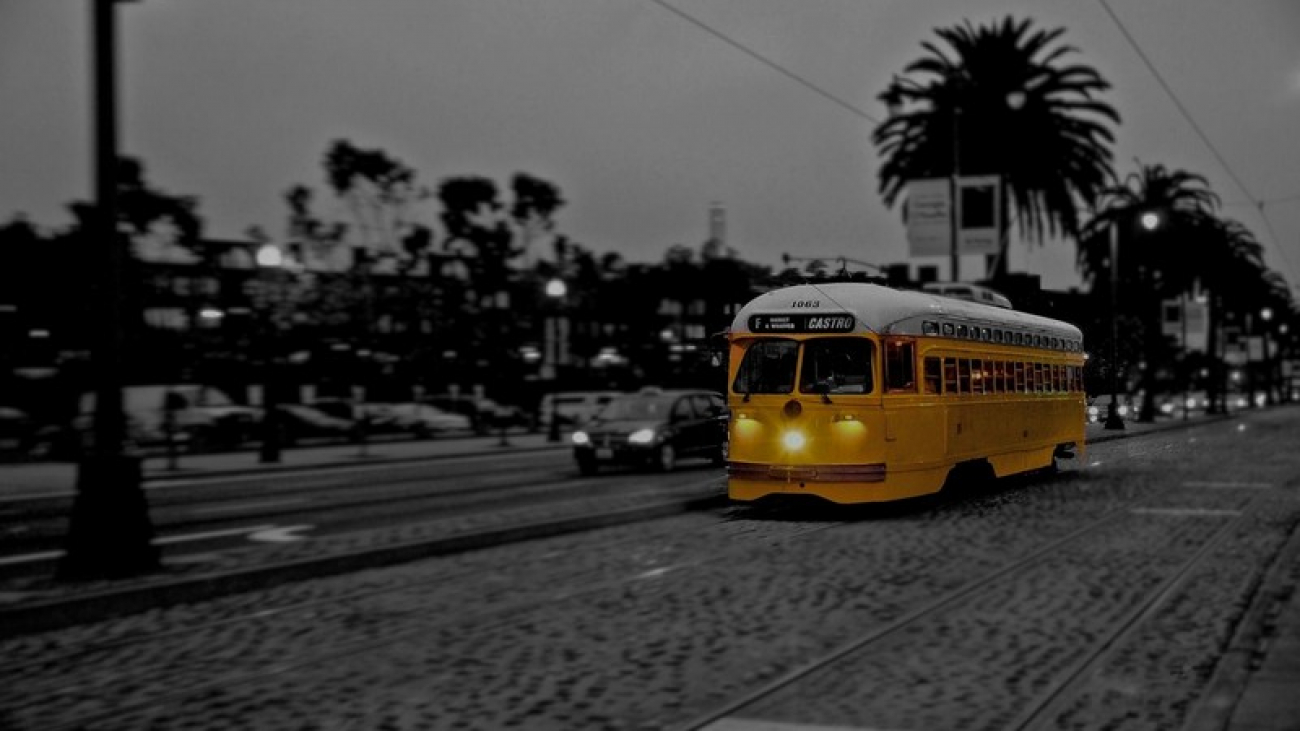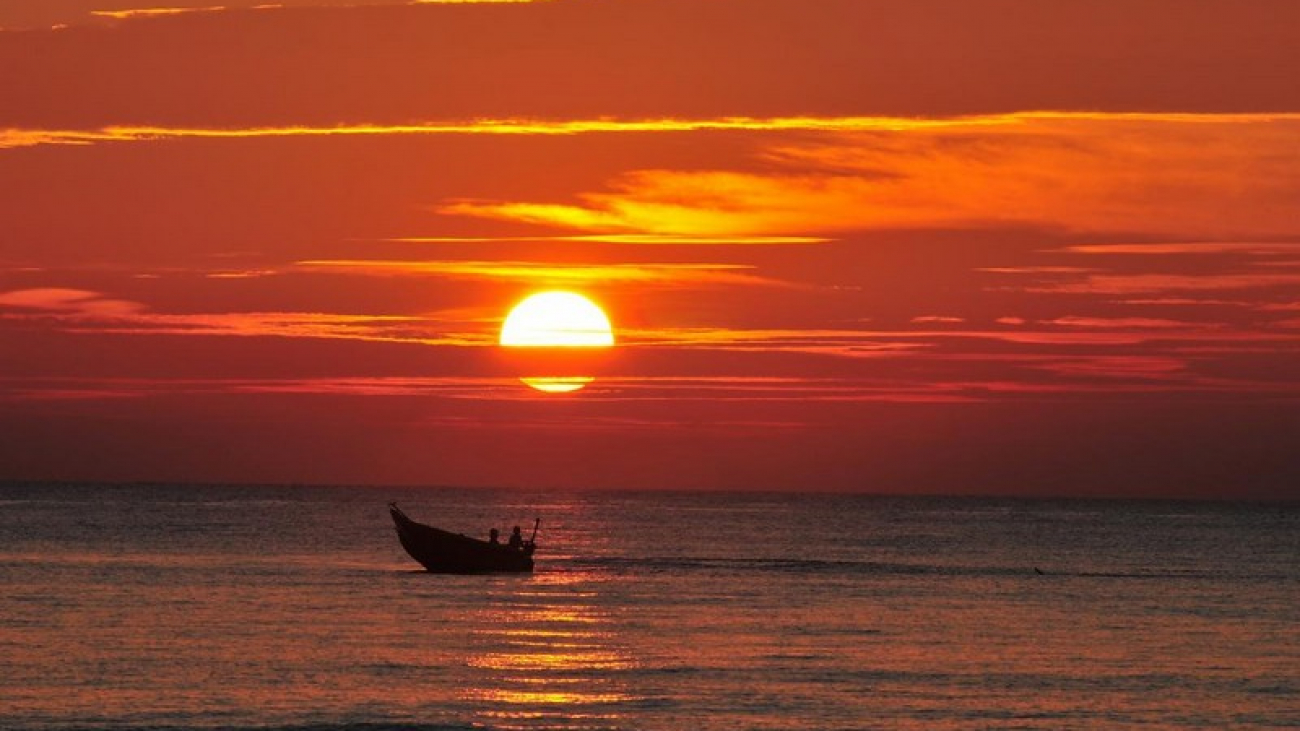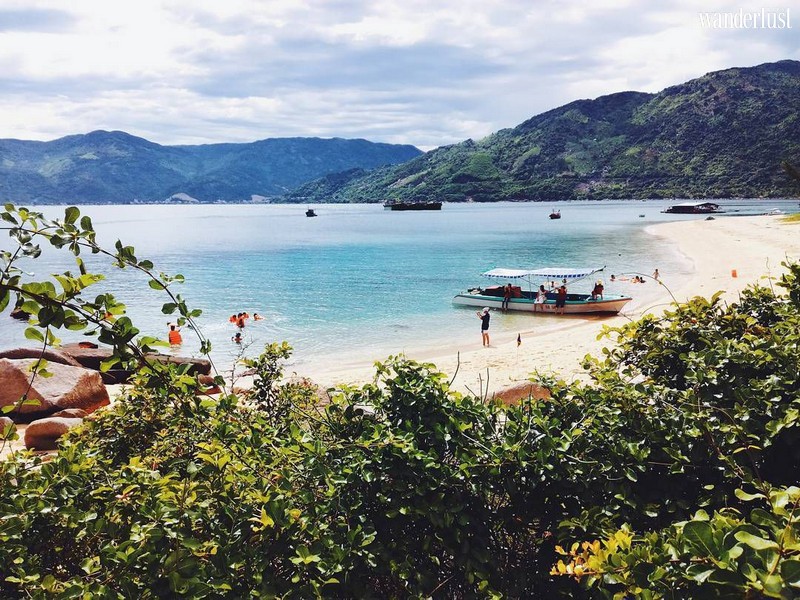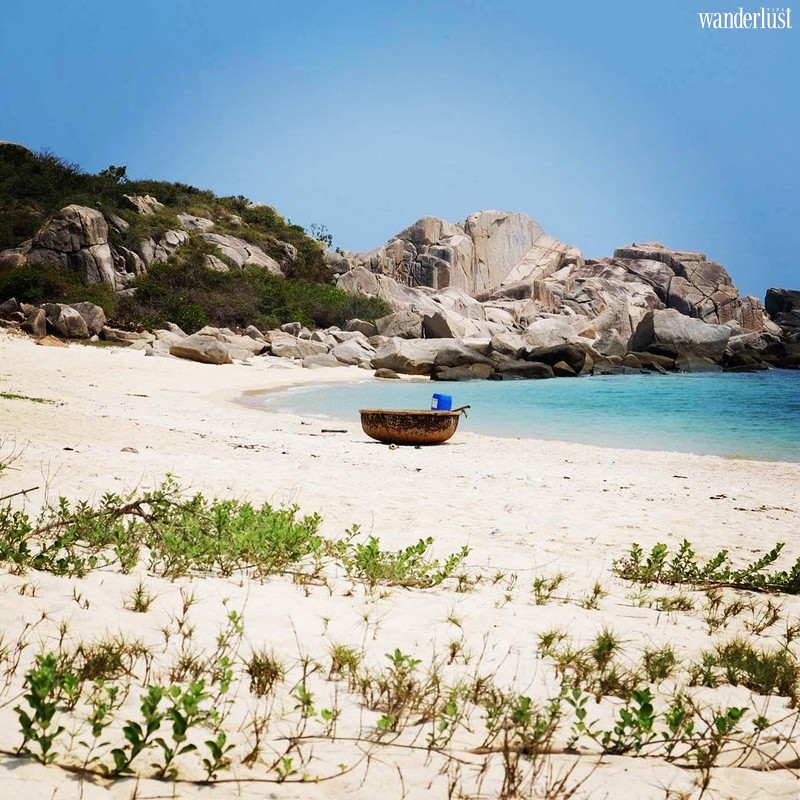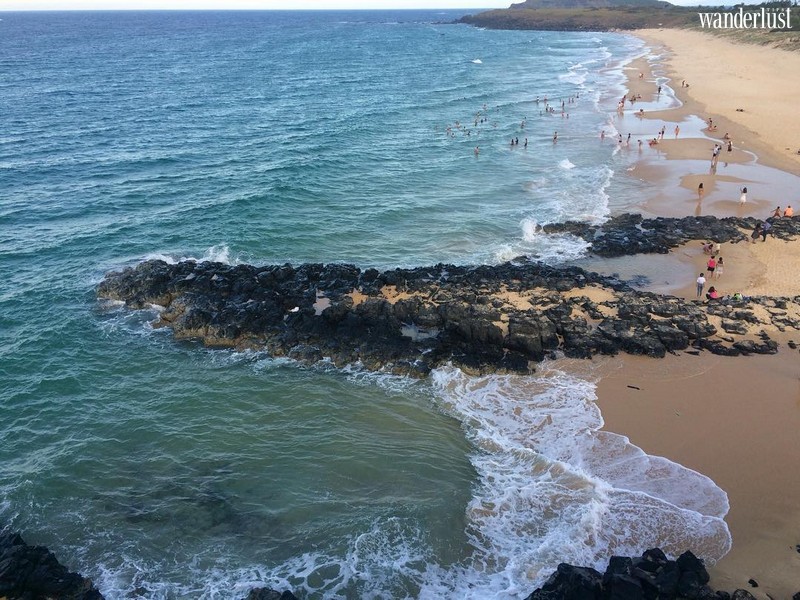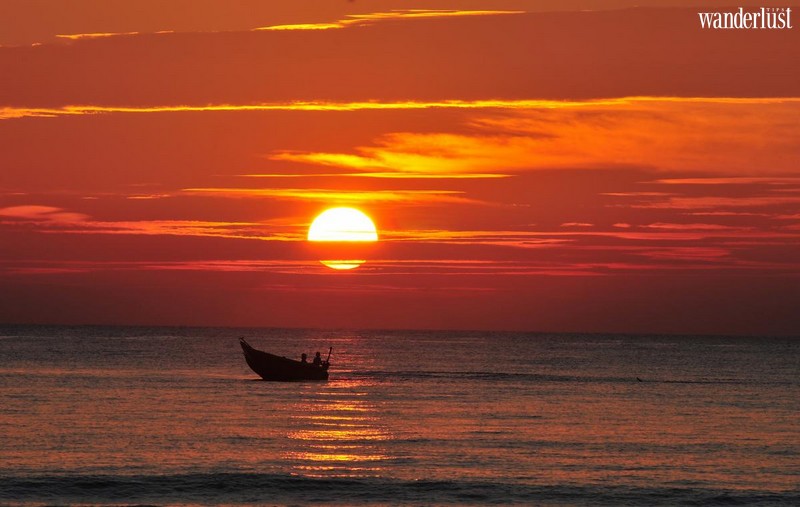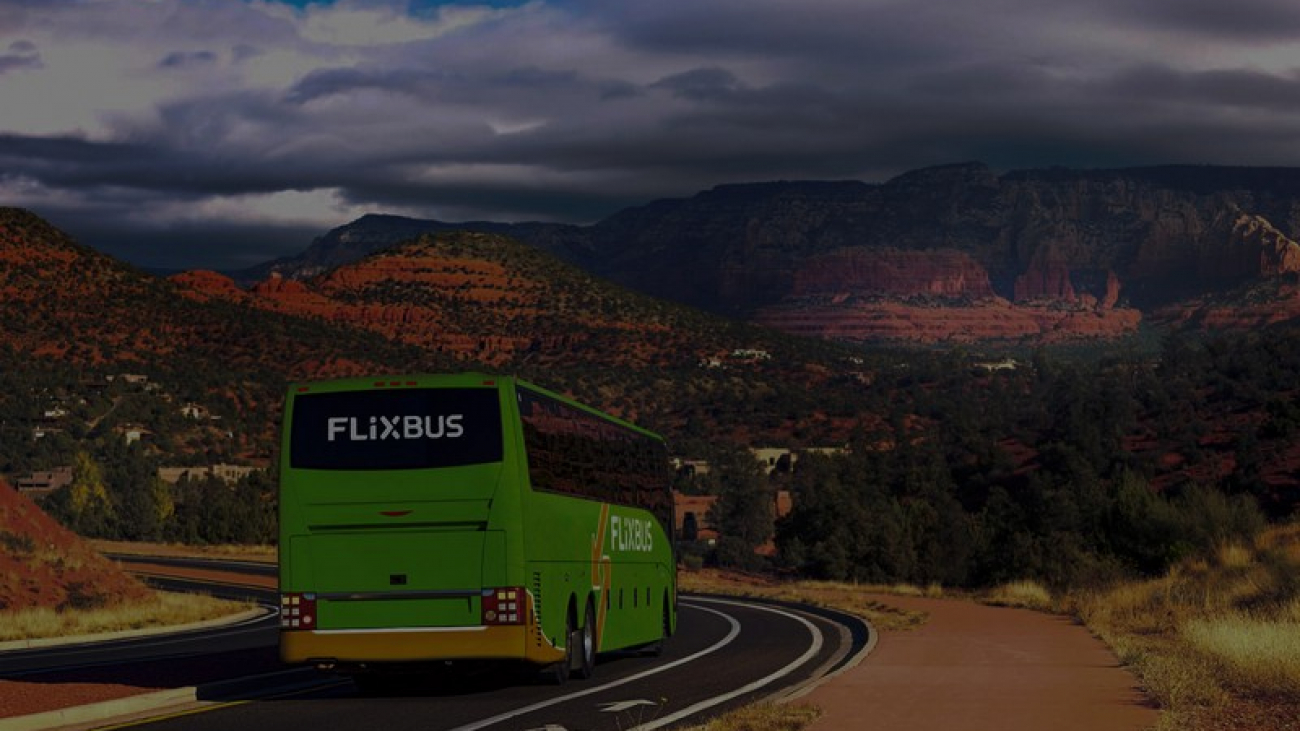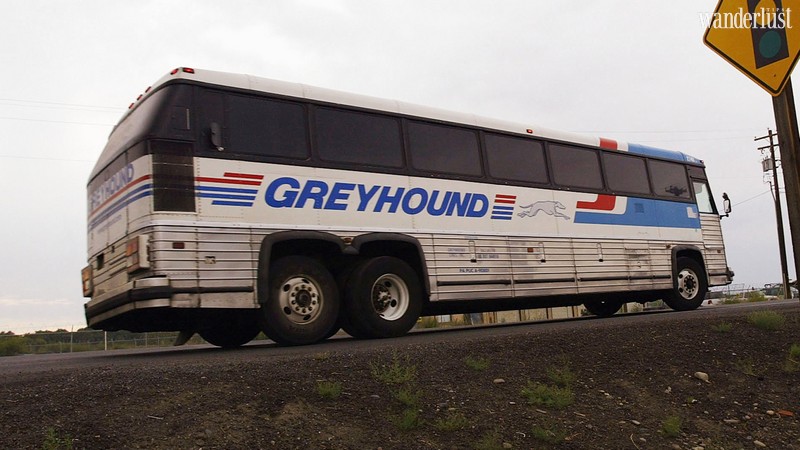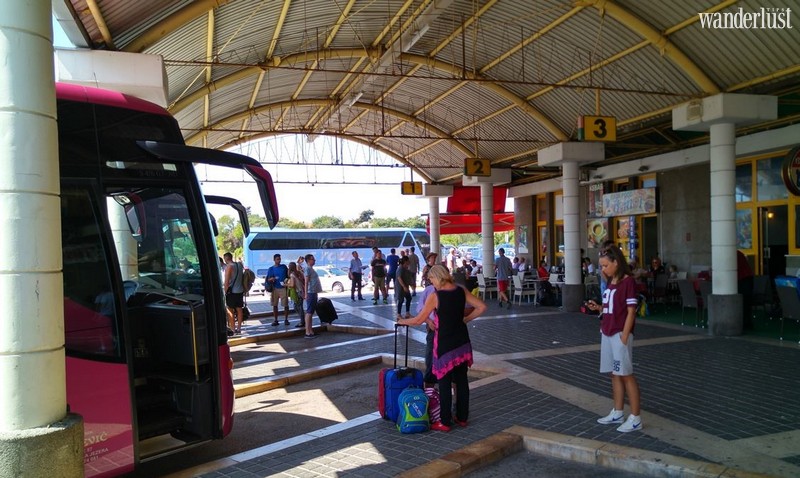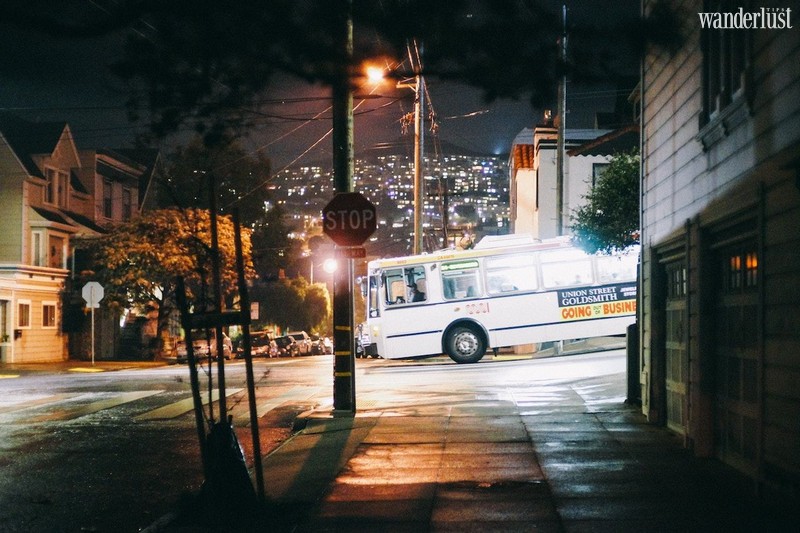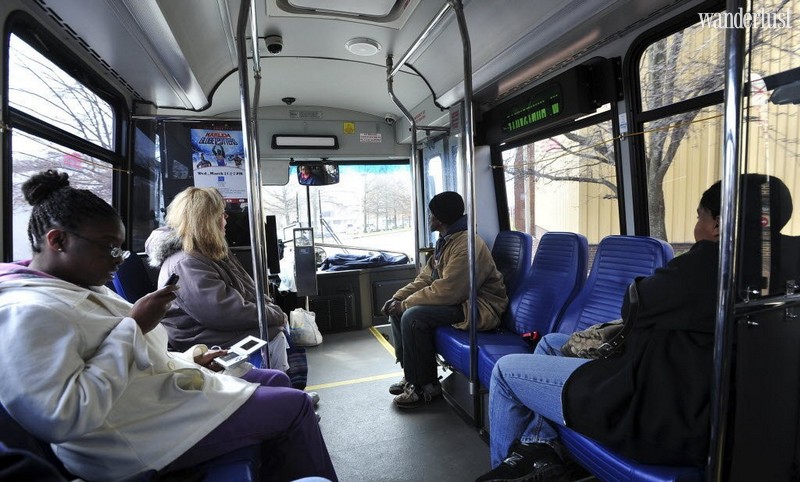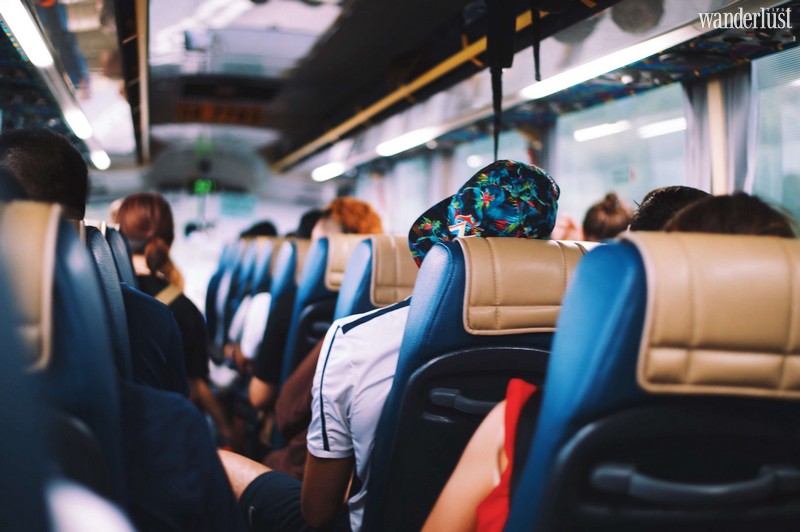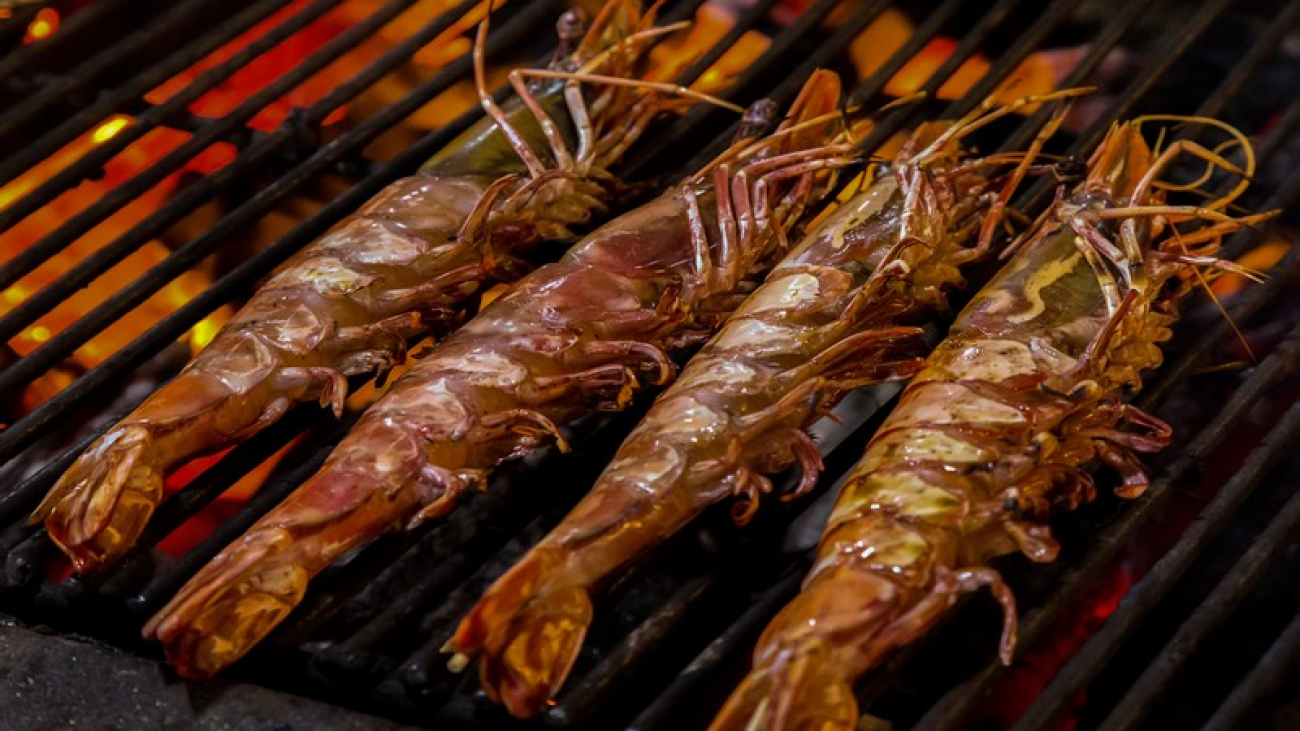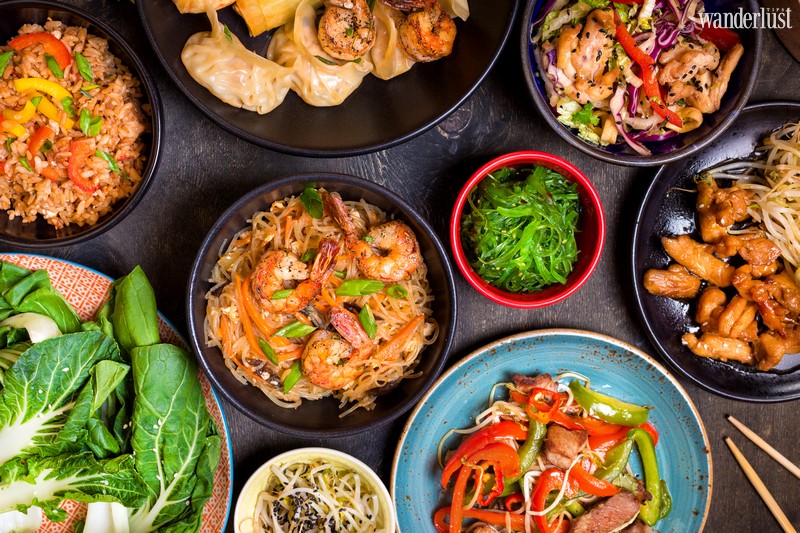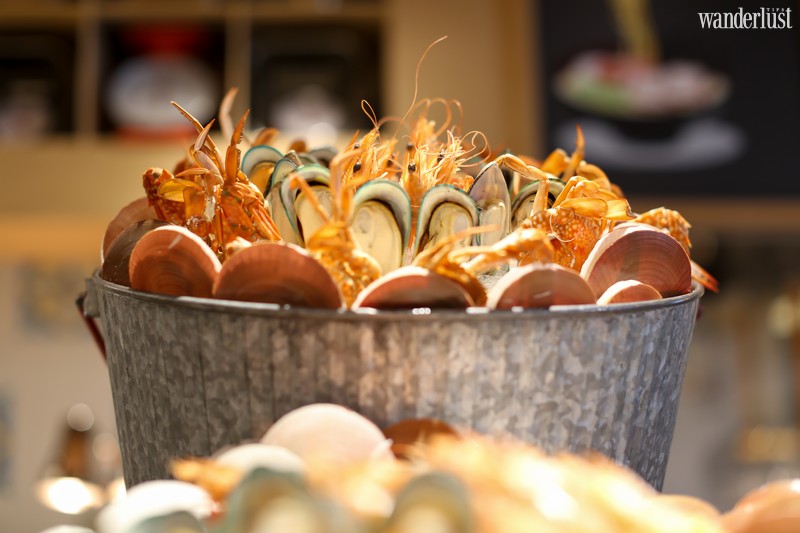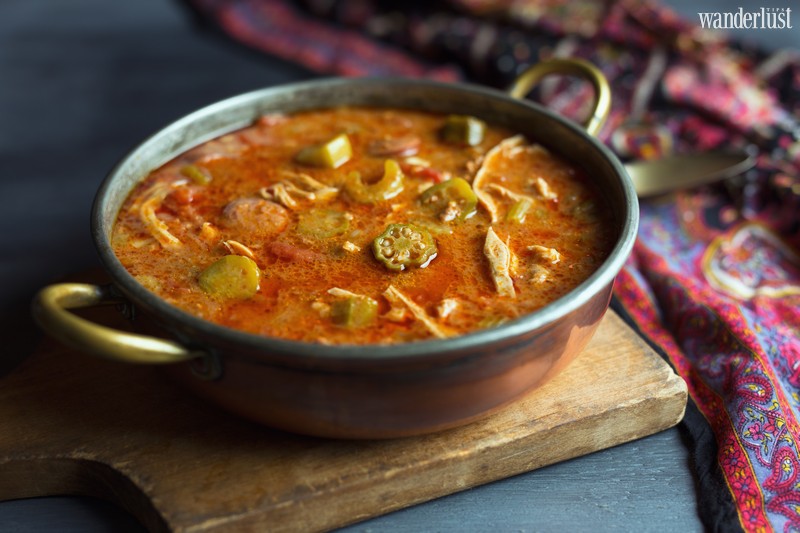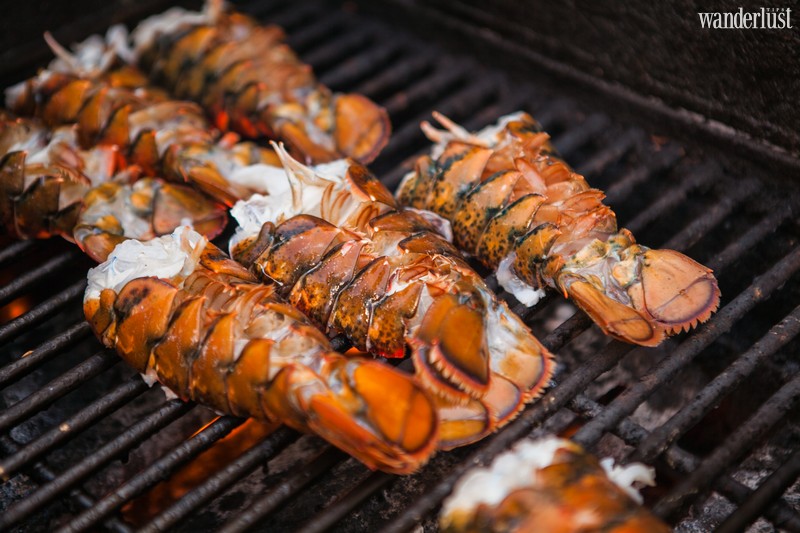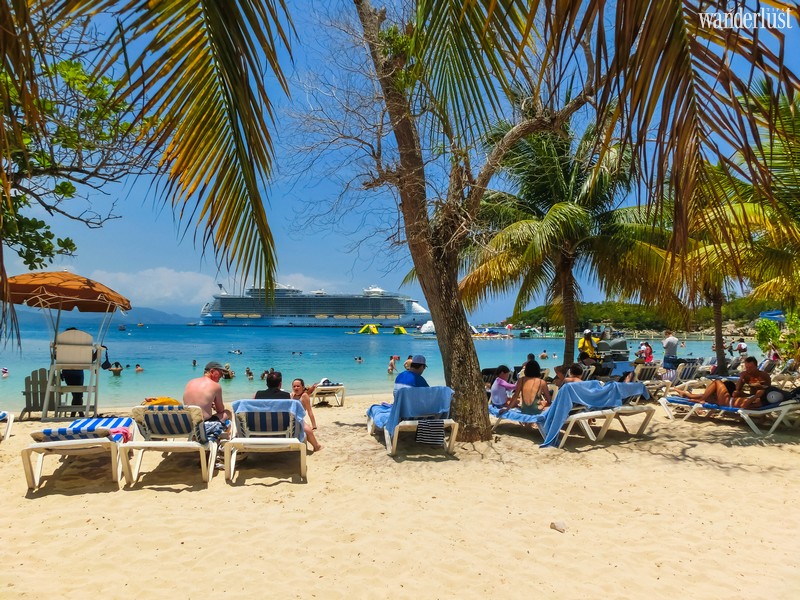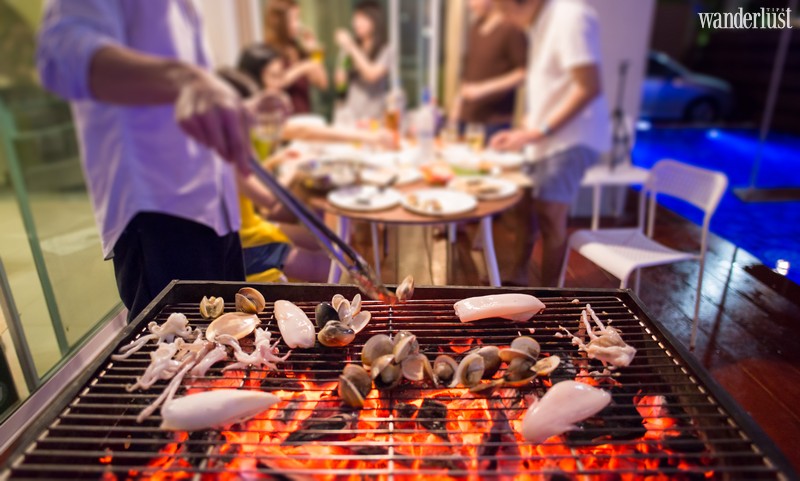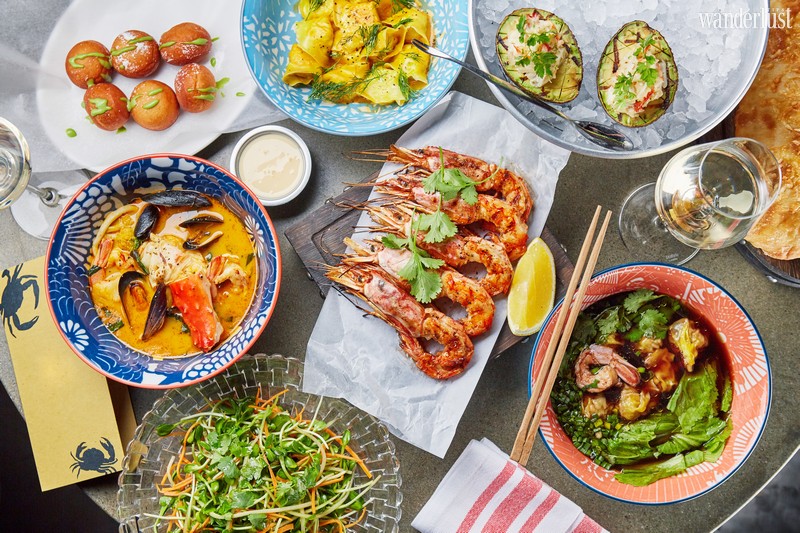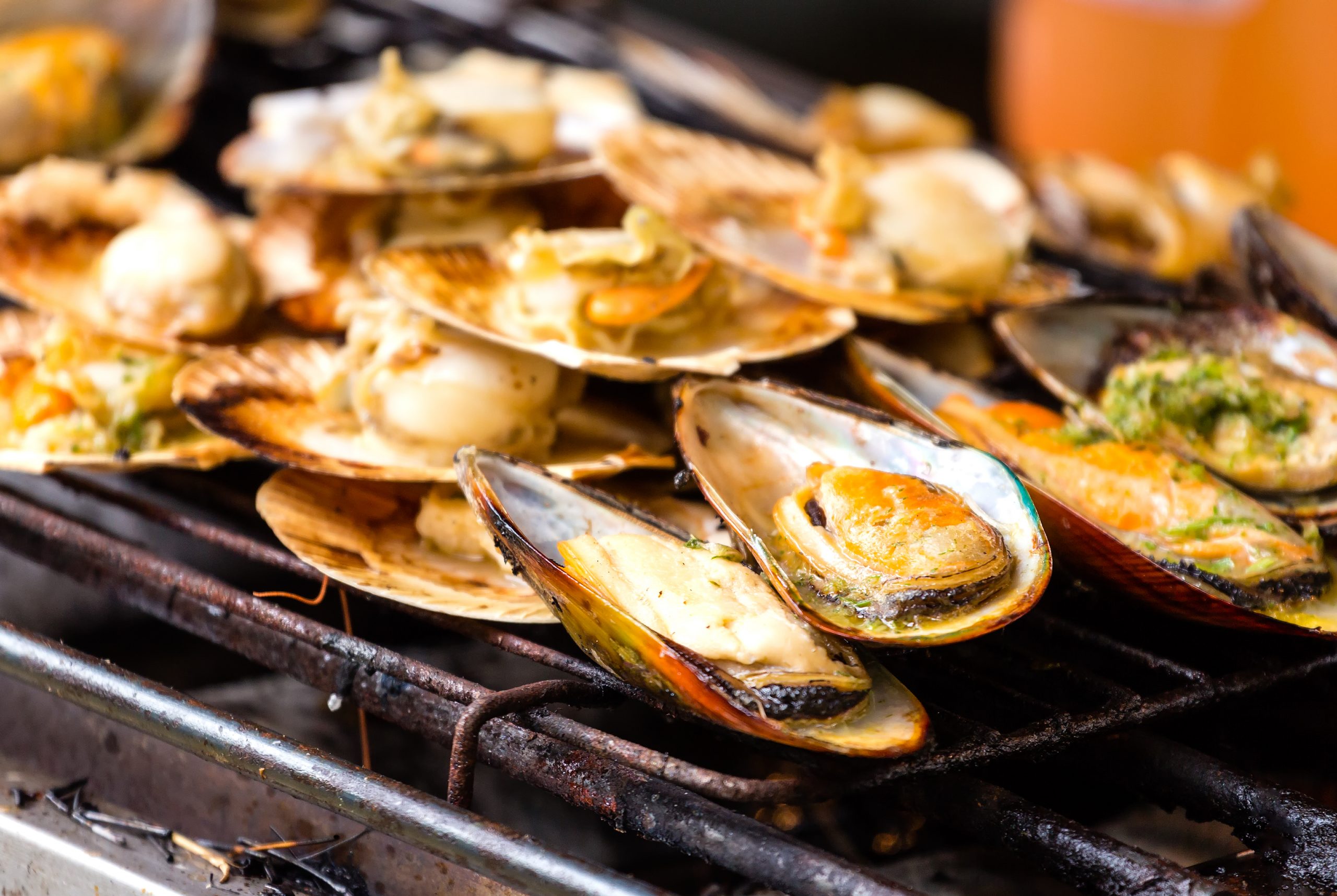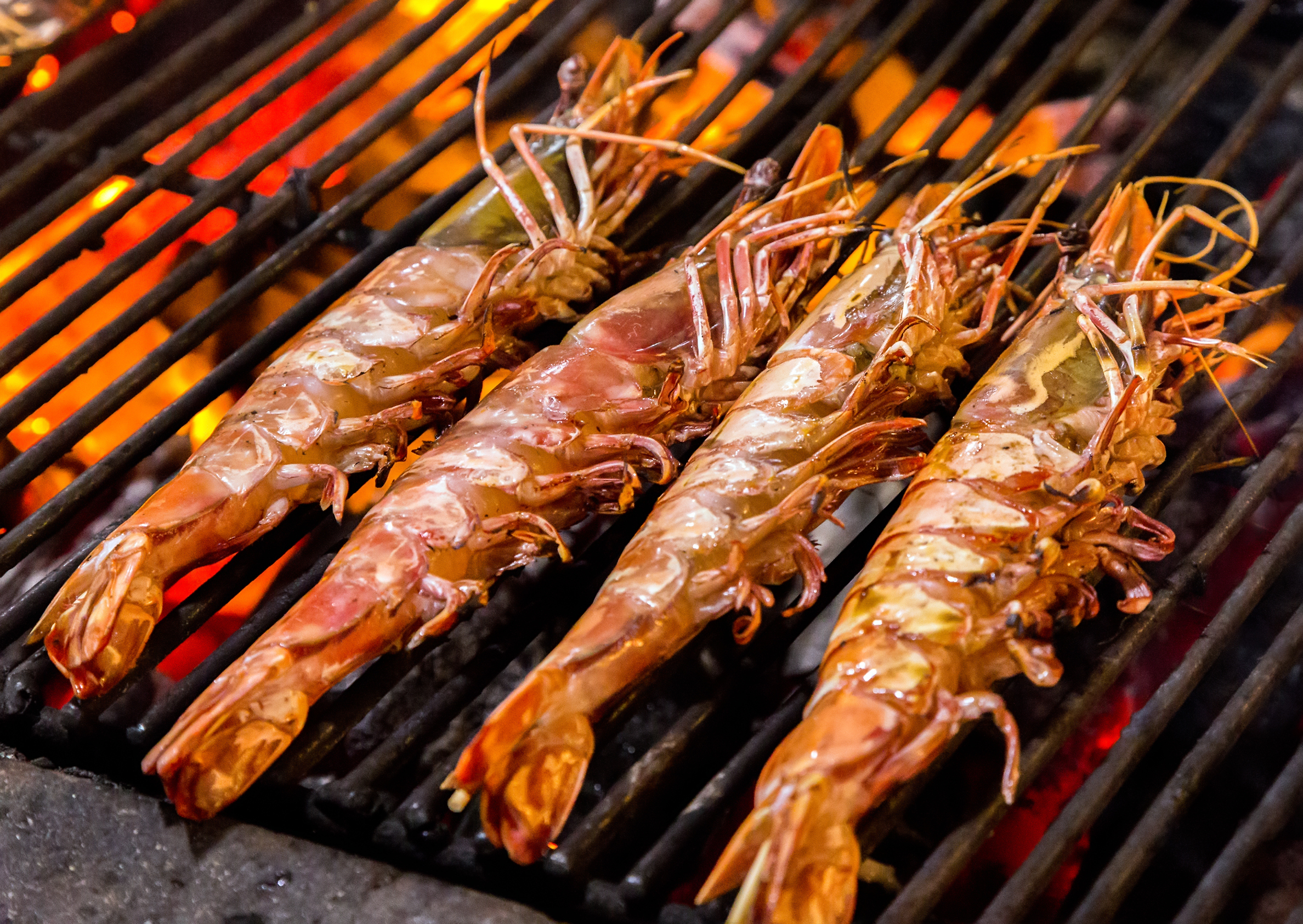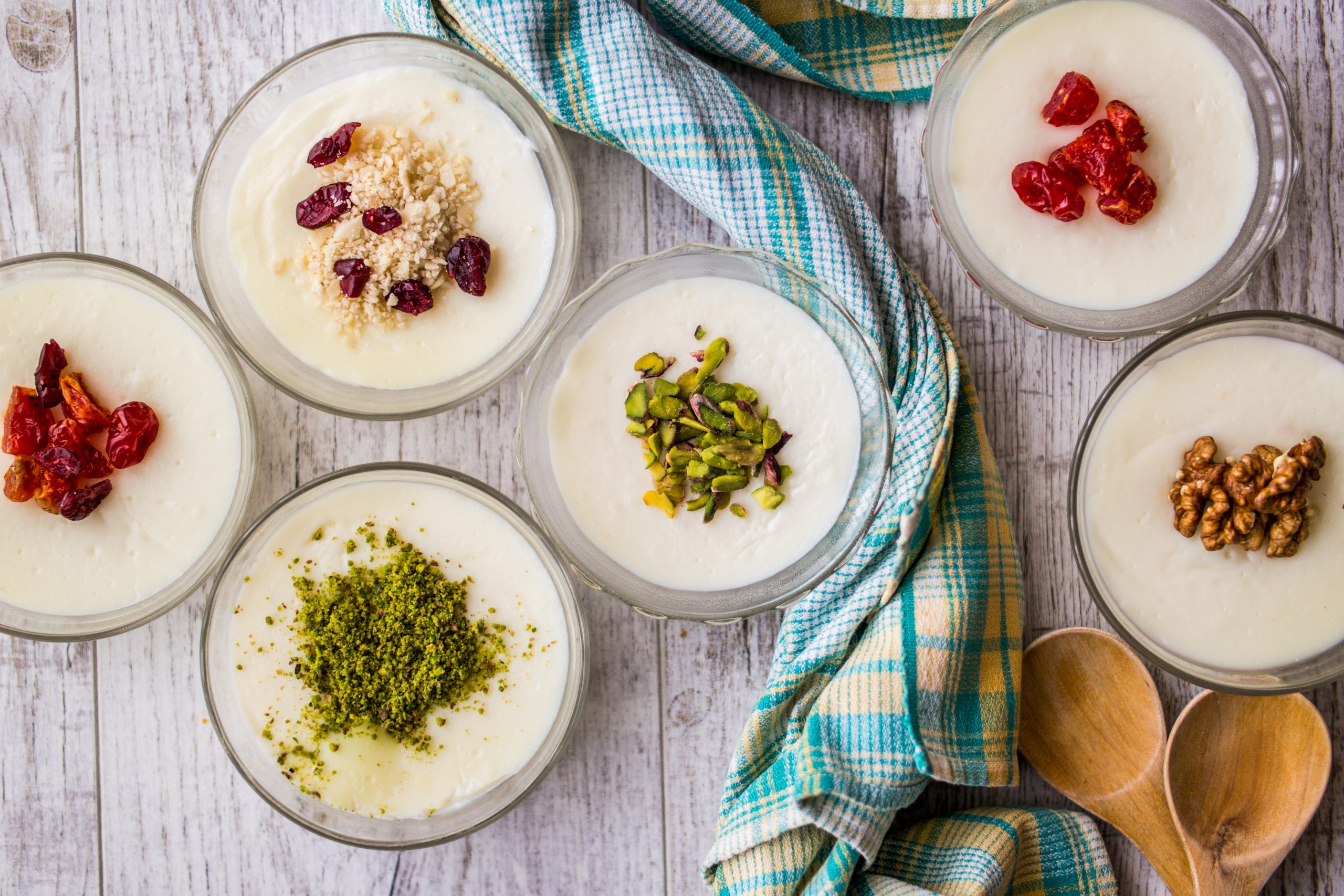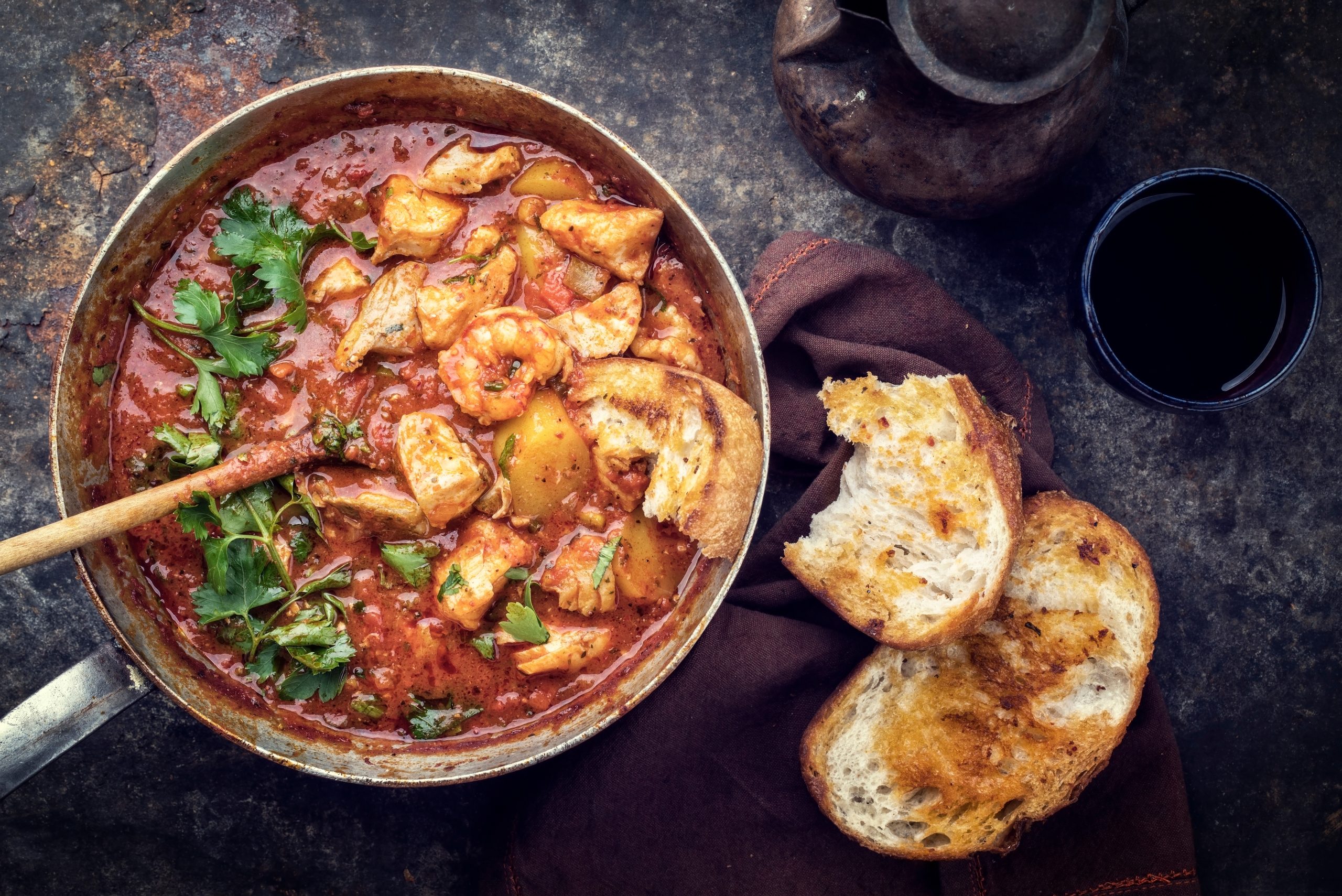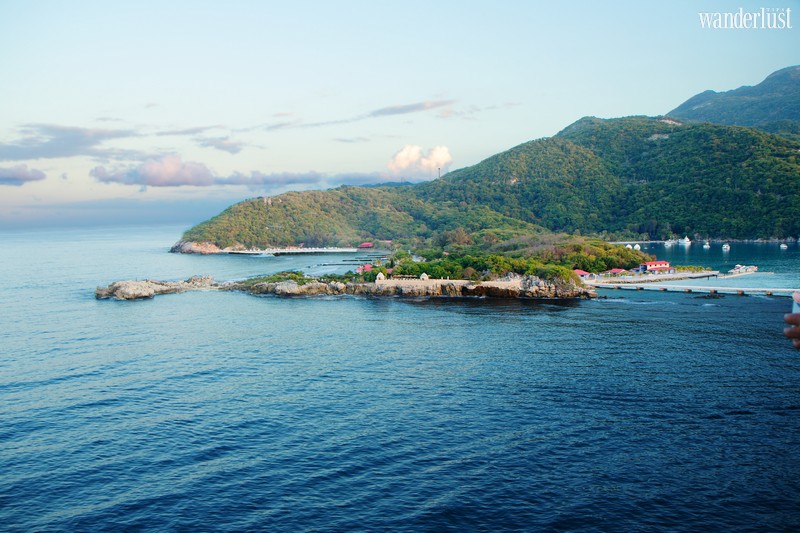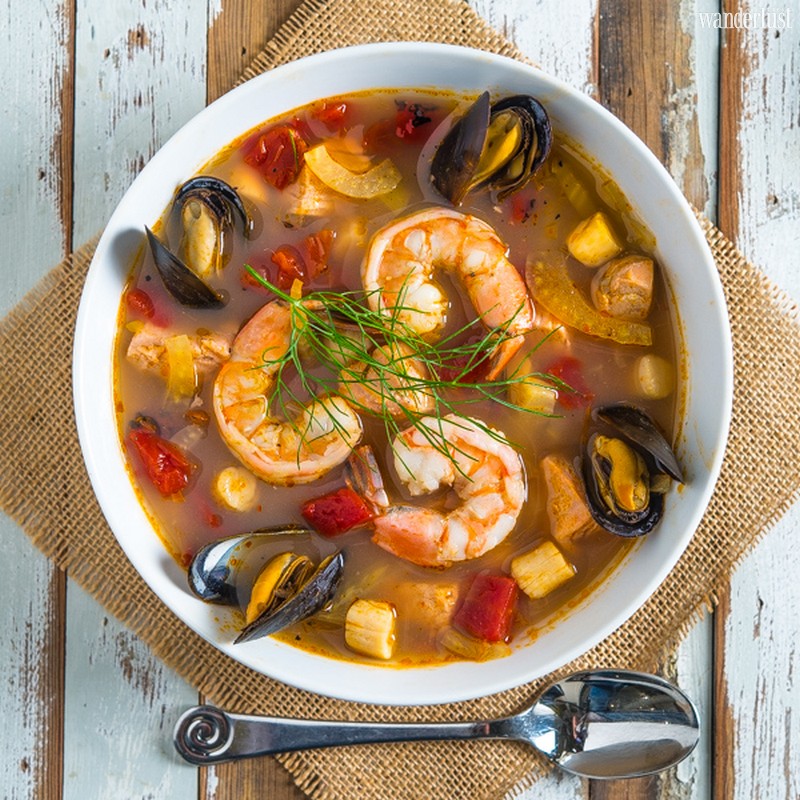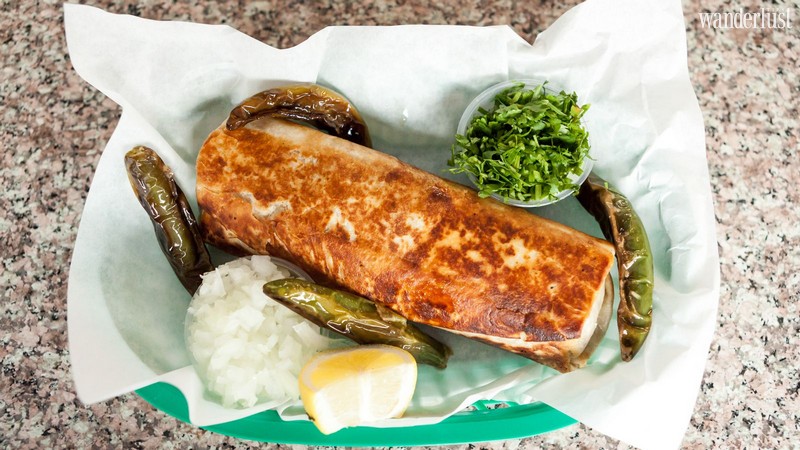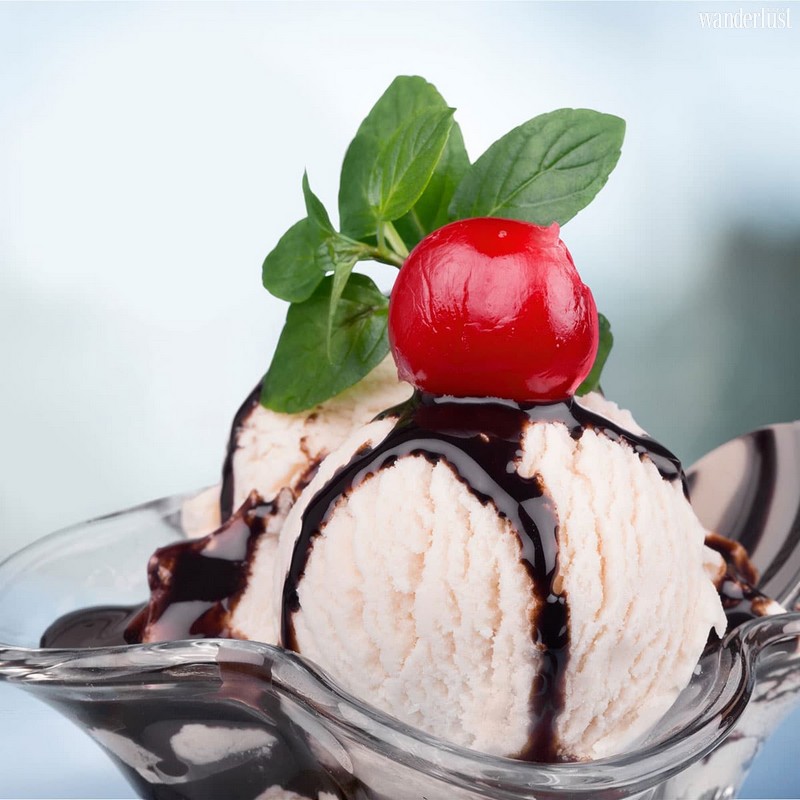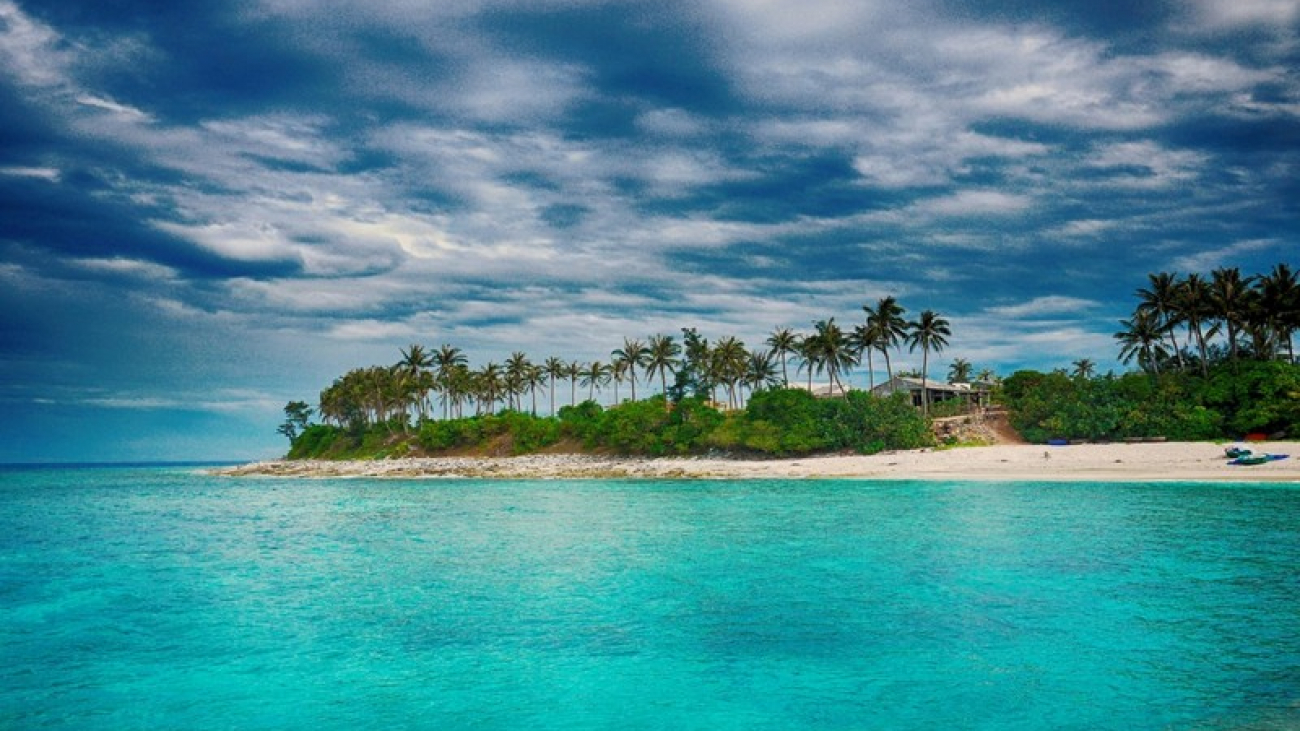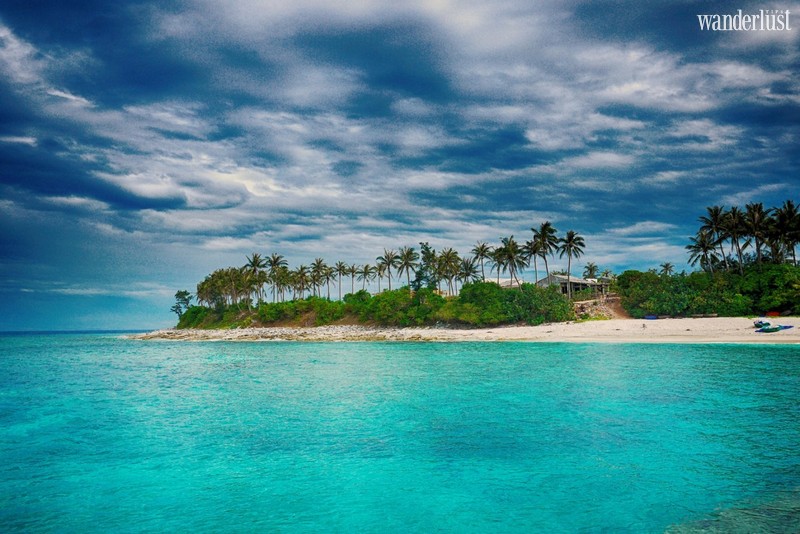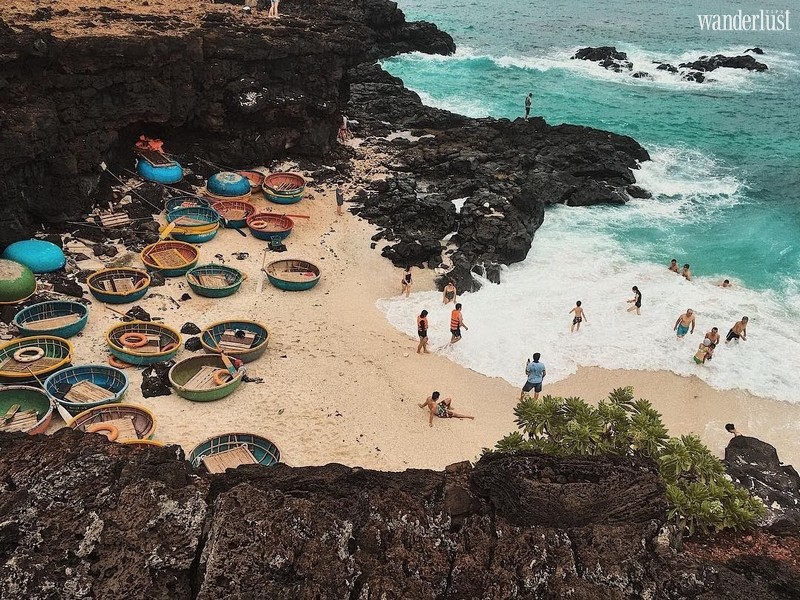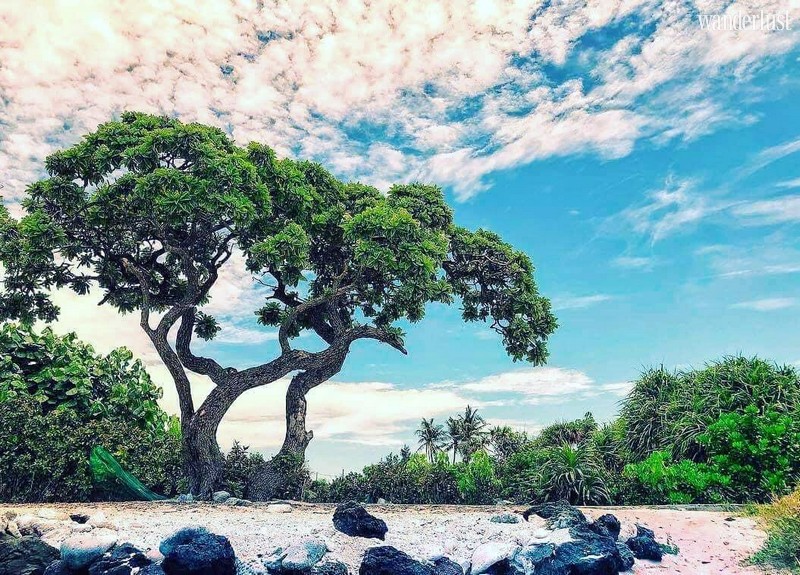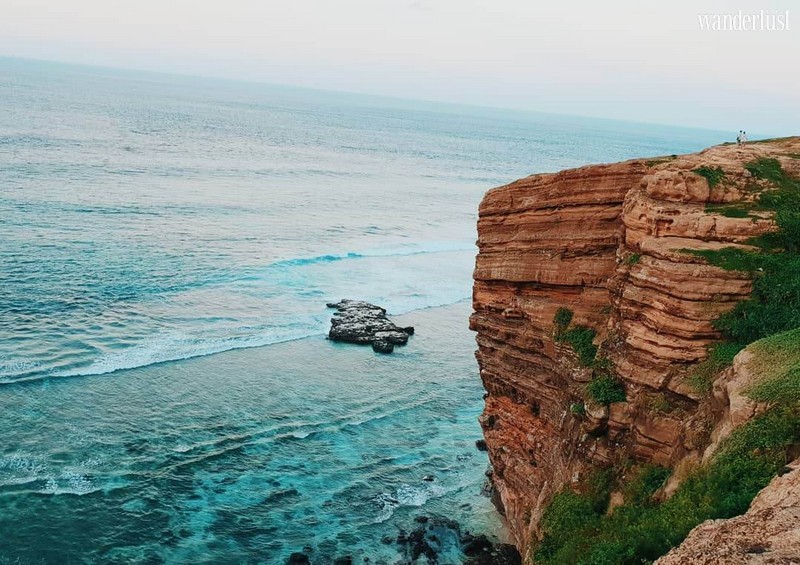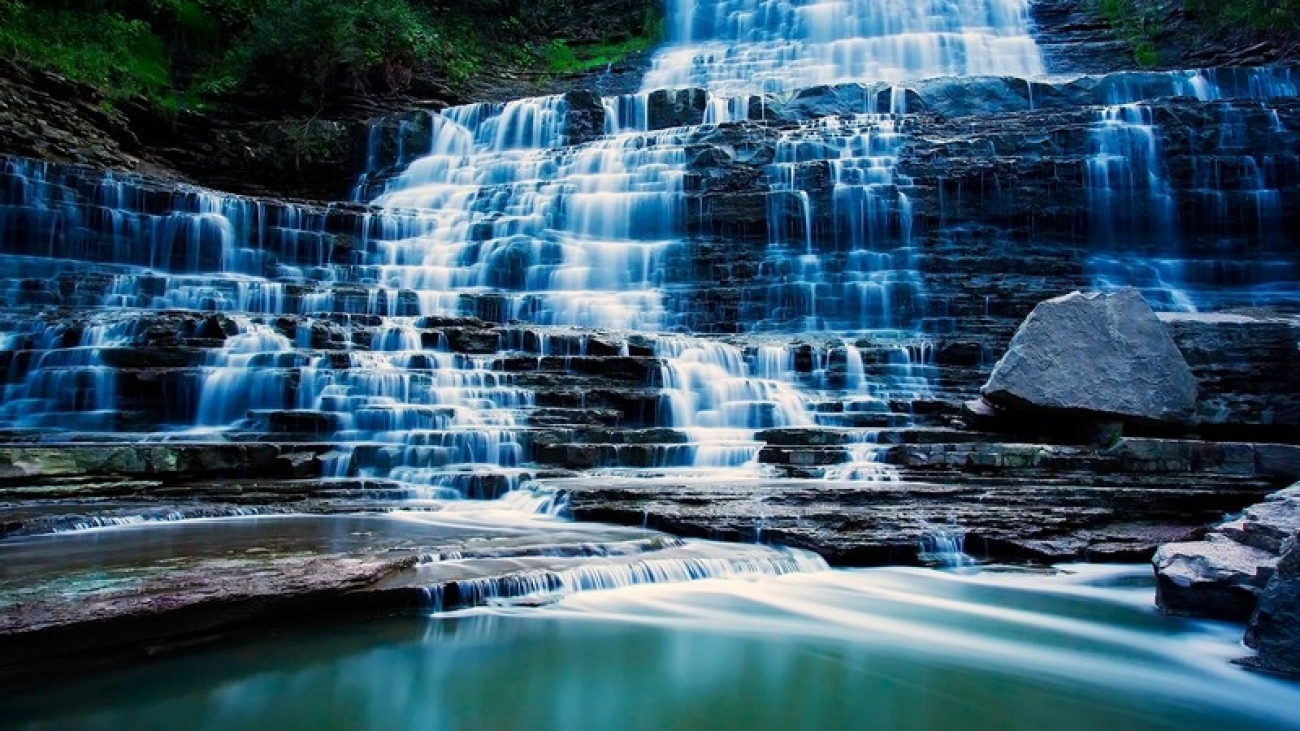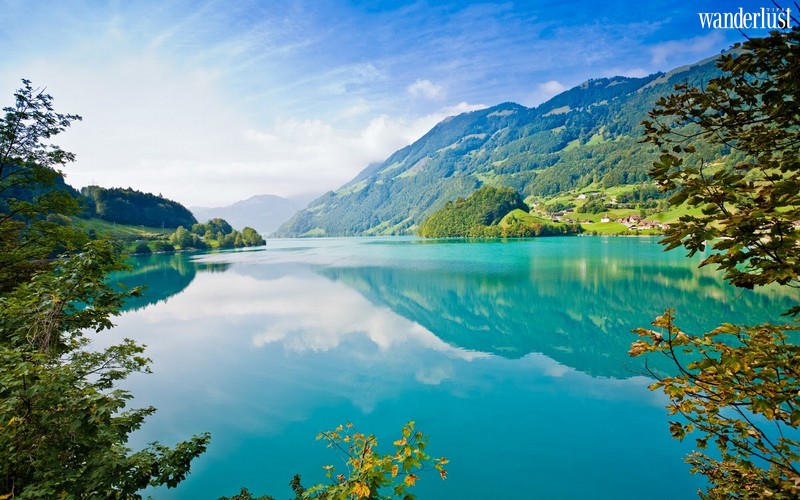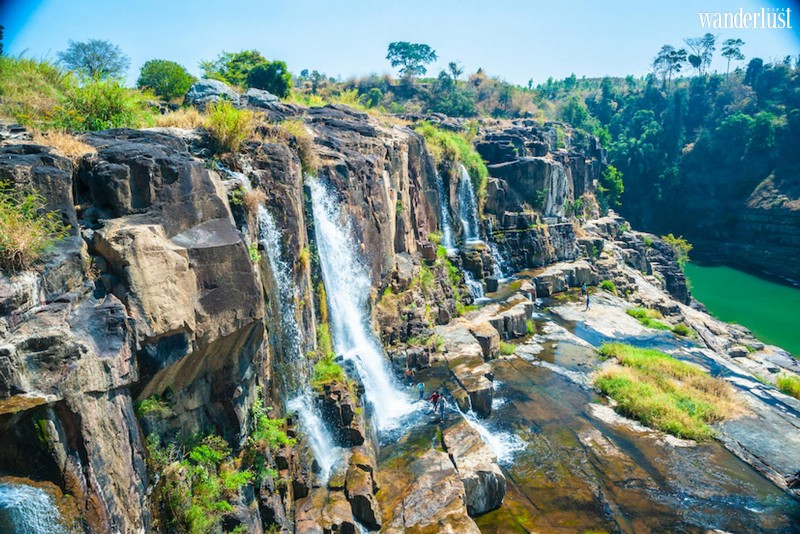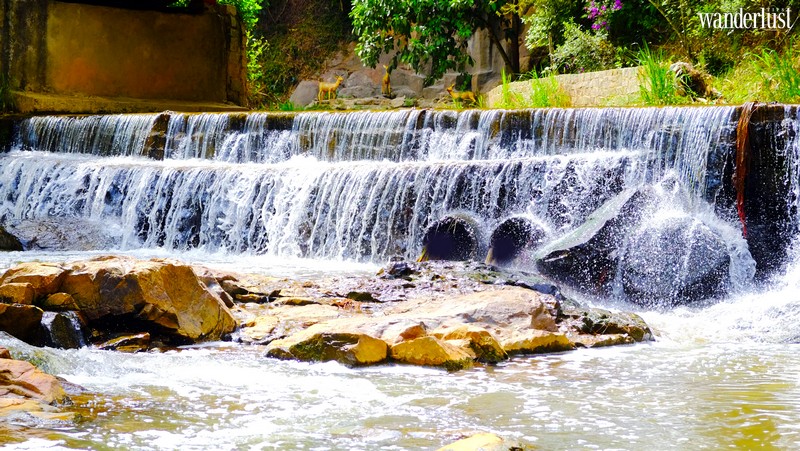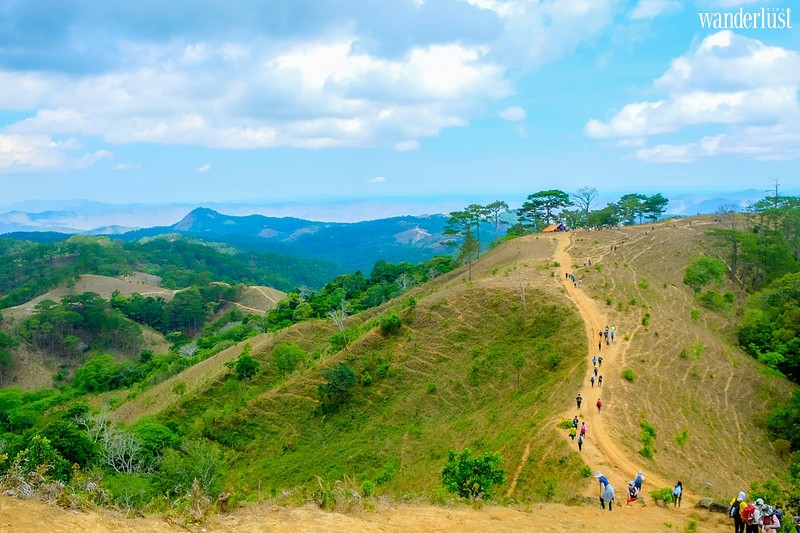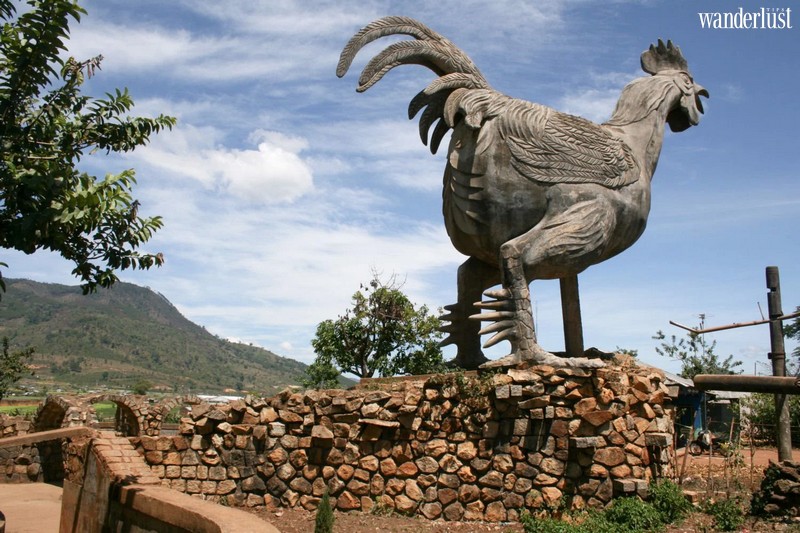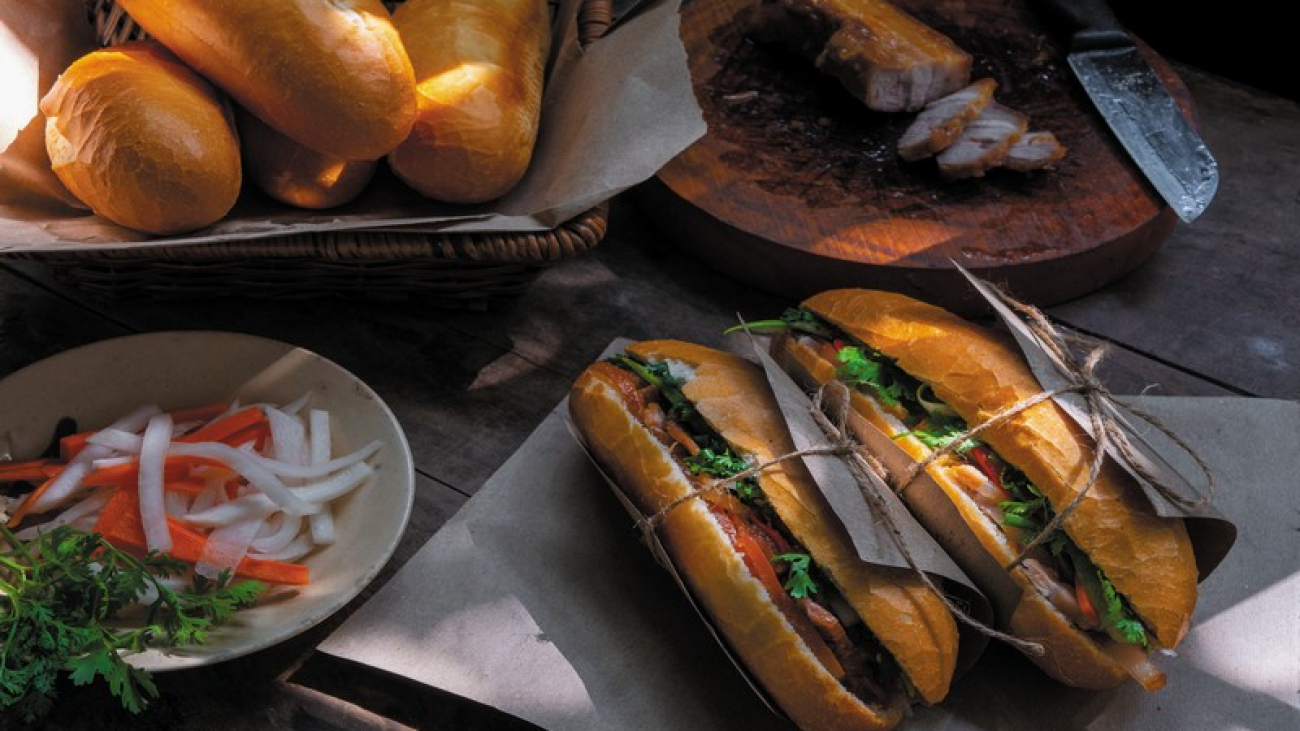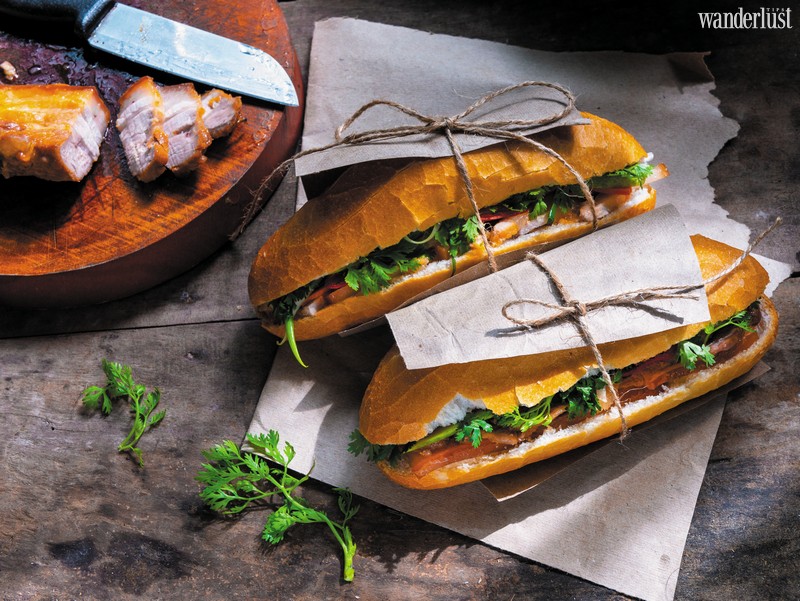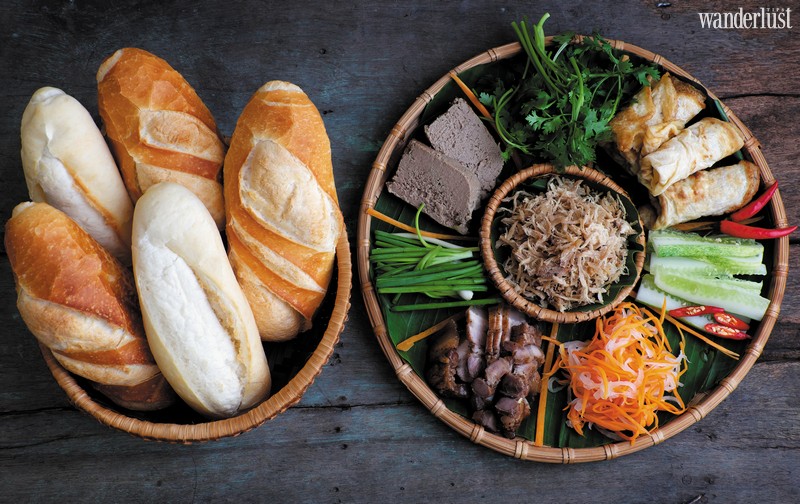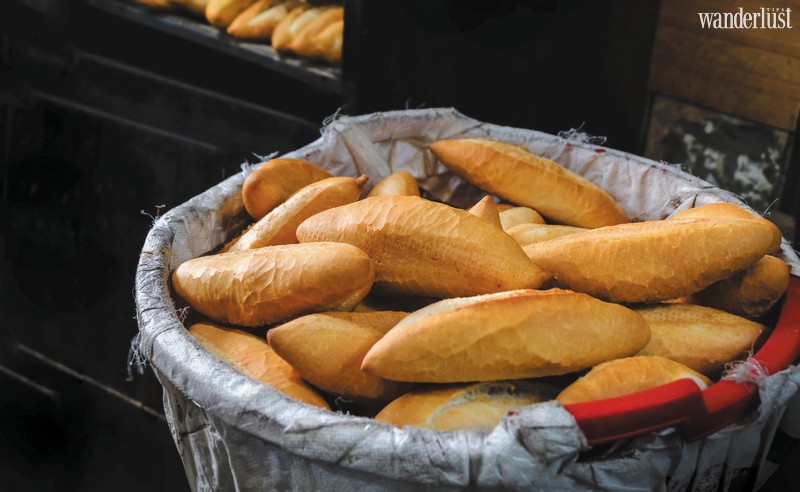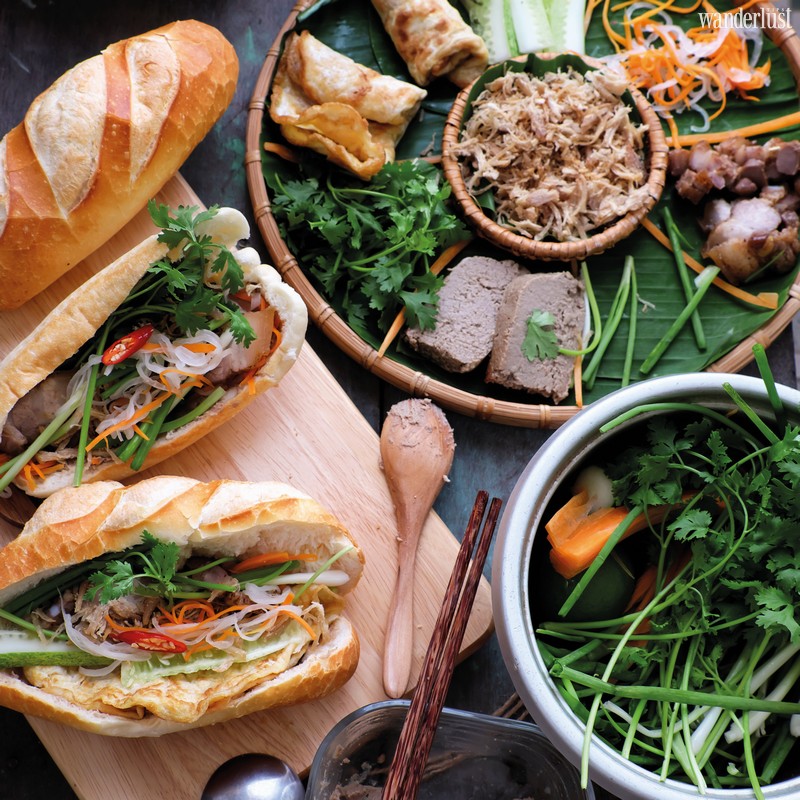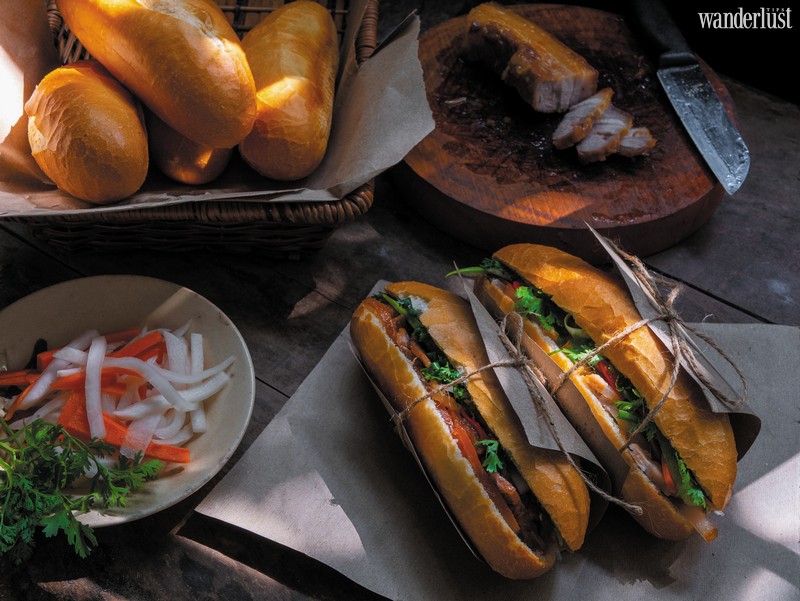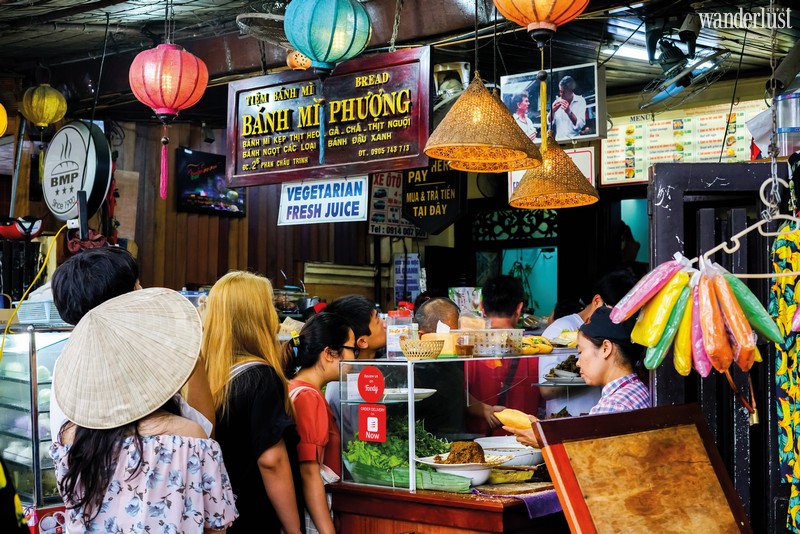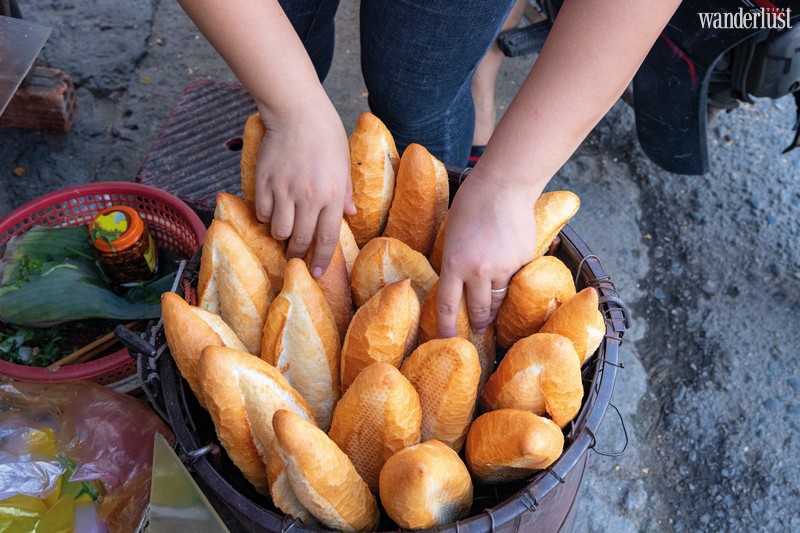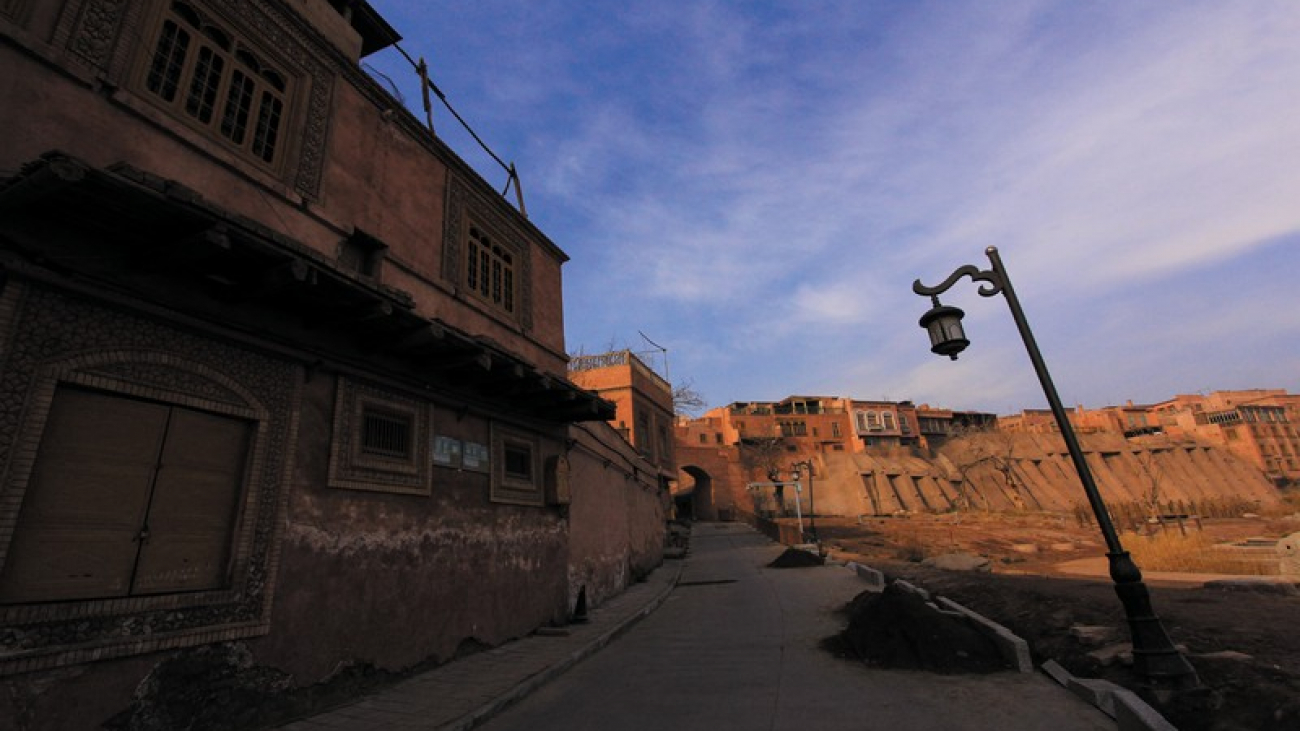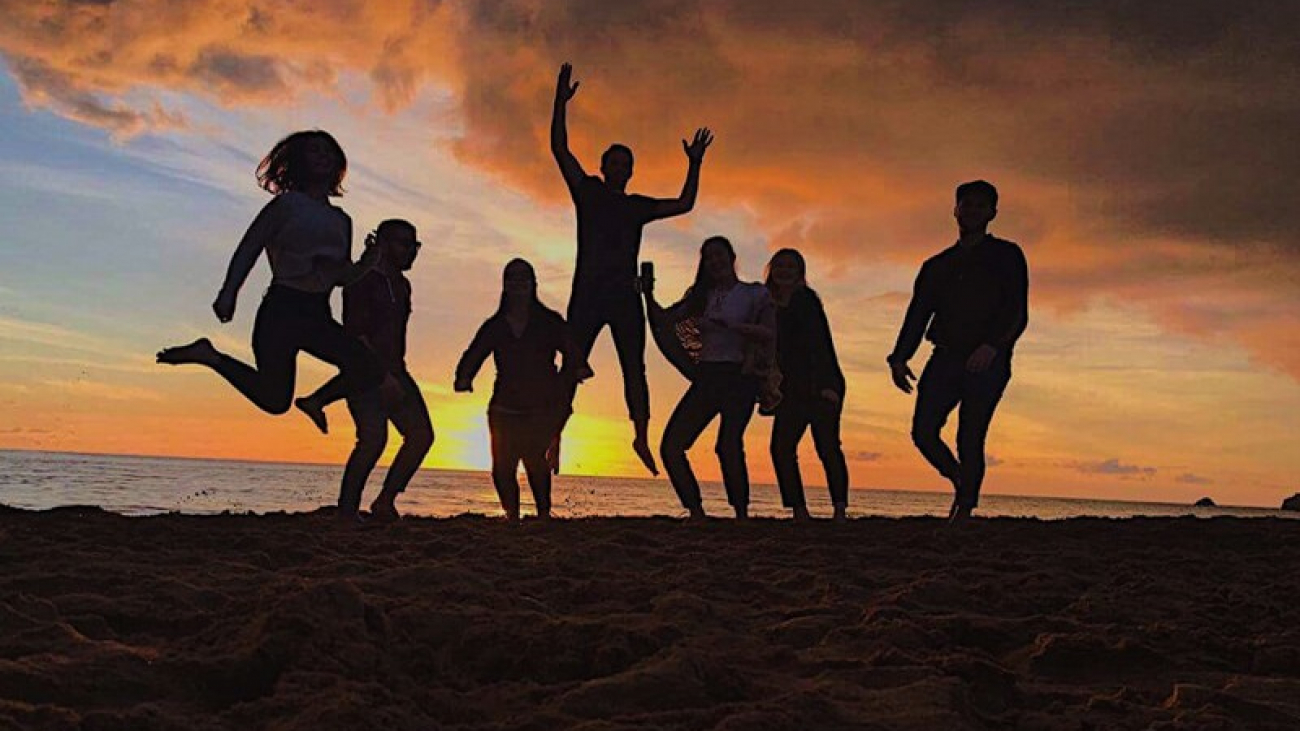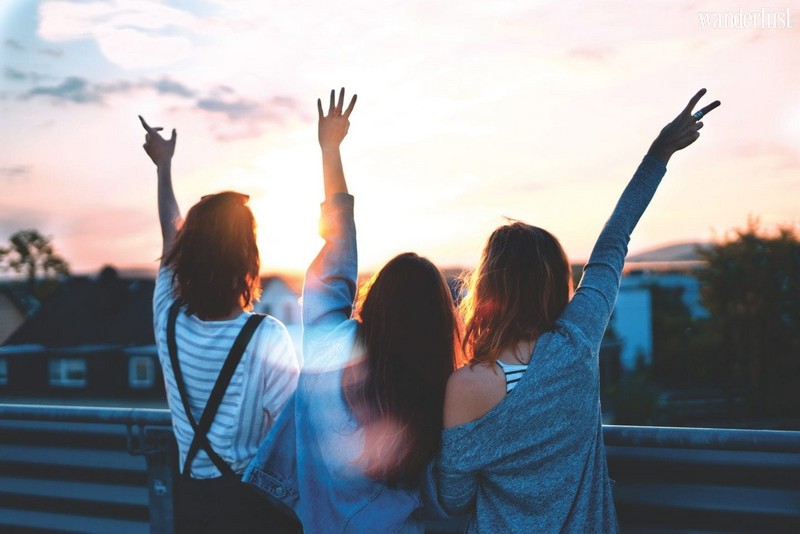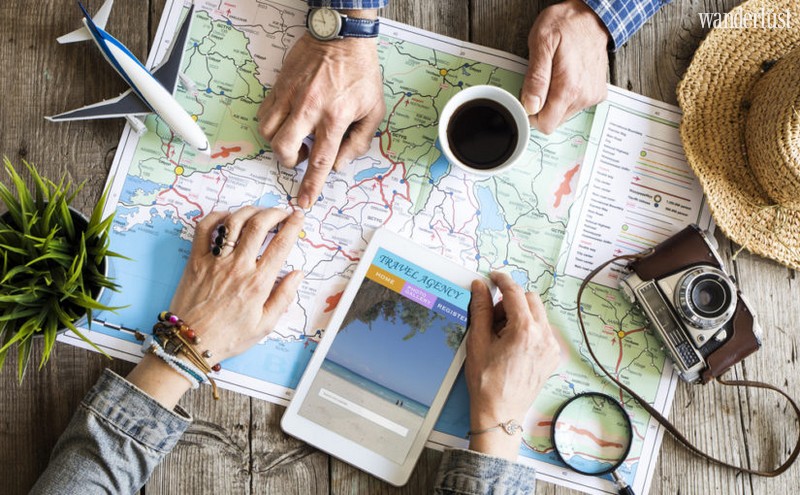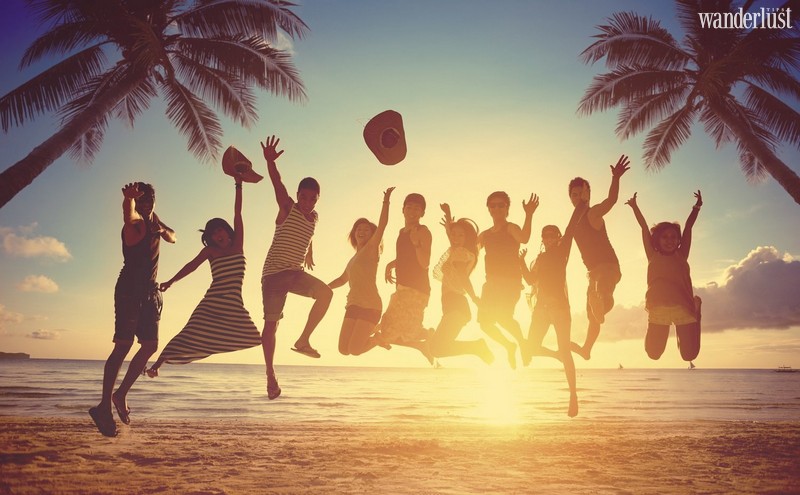If you are planning to spend some time in San Francisco? Here it is a comprehensive guide to San Francisco public transportation network that makes your SF adventure easier and more interesting.
[rpi]
WALKING
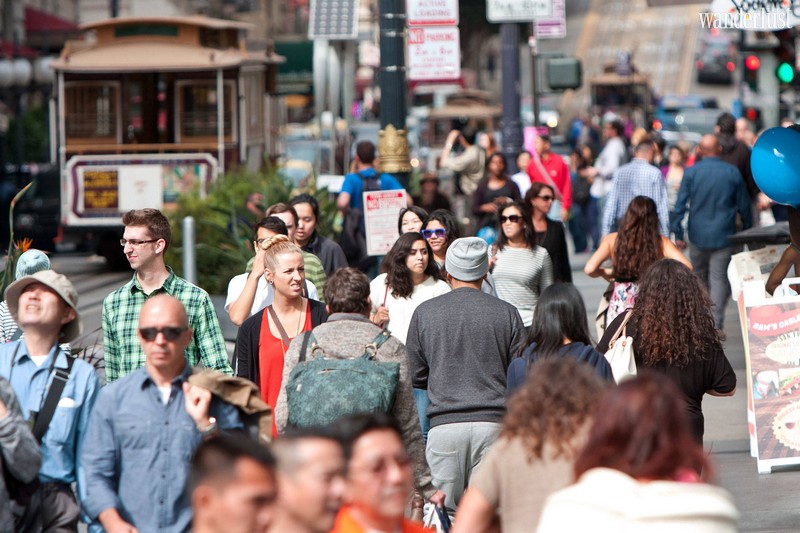
Visiting San Francisco without a car is not only easy and affordable, it is actually more convenient 99% of the time. If you are able to get around by foot, it is an ideal way of traversing the city. As one of the most walkable cities in the United States, the streets of San Francisco are all mostly flat such as the Mission’s Valencia Street, the Marina’s Chestnut Street… Be careful while crossing busy streets or avenues.
BIKING
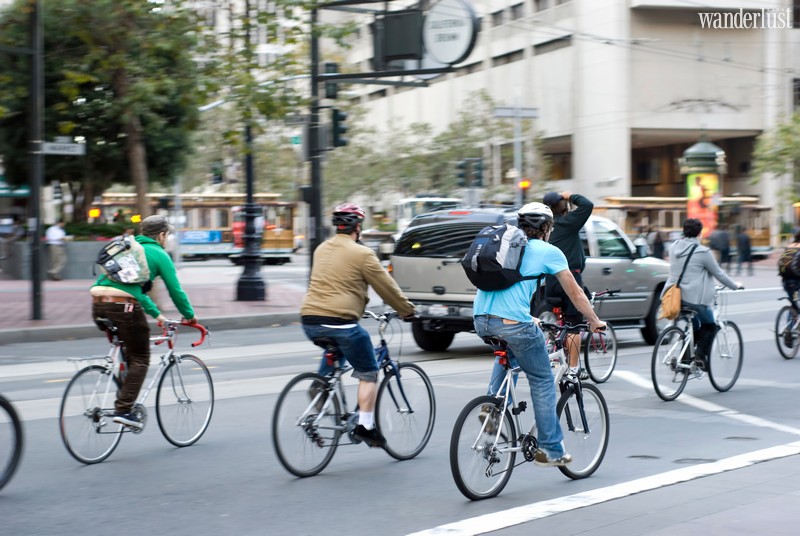
San Francisco is one of the most bike-friendly cities in the country with many biking routes in the city such as Market Street or Golden Gate Park, which is one massive bicycle zone during rush hours. Keep in mind that do not ride on the sidewalks and you must ride slowly to avoid pedestrian collisions. If you do not have your own bike, the bike-sharing app Ford GoBike is a fantastic option with over a hundred bike stations in San Francisco.
MUNI BUS AND METRO SYSTEM
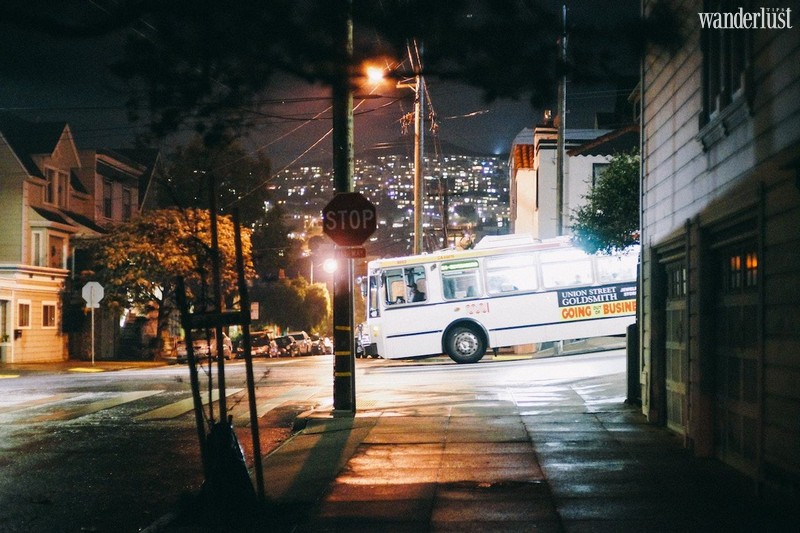
Buses run aplenty all around San Francisco and locals call all San Francisco’s bus and metro system “Muni”. As the oldest San Francisco public transportation system, Muni buses runs on streets while Muni Metro runs on rails and sometimes go underground. Bus stops come in many forms: small bus shelters or yellow and white paint on street poles. Metro stops can be found on an island in the middle of the street and in underground stations.
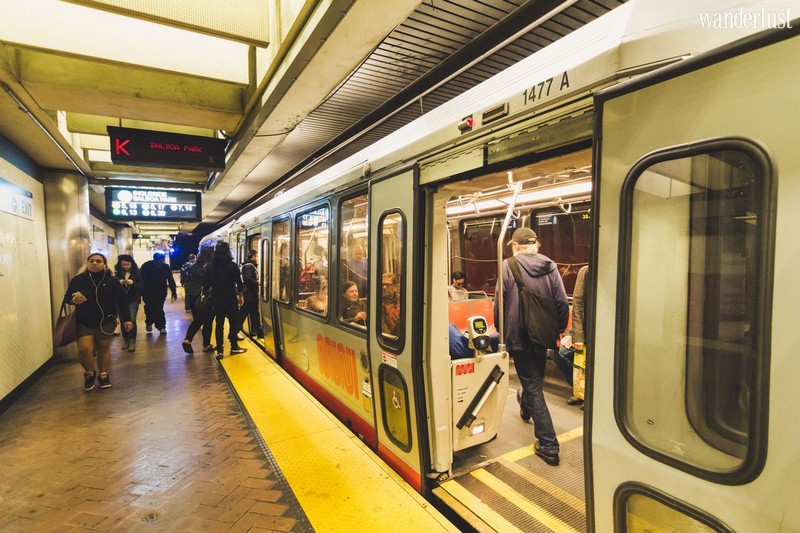
You can pay for an individual ticket when you hop on the bus, but your best option may be buying a Clipper Card in advance. A ride on Muni costs $2.75 (cash) and $2.50 (Clipper/MuniMobile) for adults. Youth (ages 5 to 18) and seniors (65 and older) receive a 25-cent discount.
BART
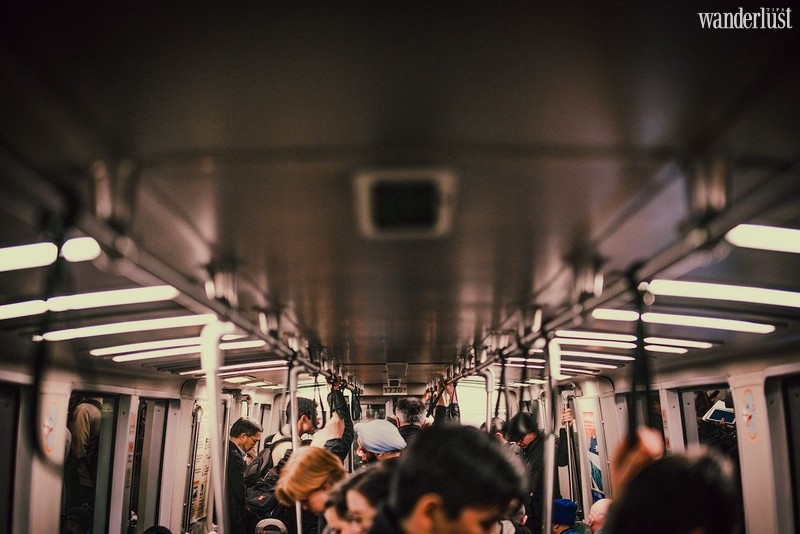
BART stands for Bay Area Rapid Transit. BART offers a total of 4 lines throughout the Bay Area, to Berkeley and Oakland and far beyond with 48 stations that whisk an annual estimate of 124.2 million riders. Taking BART anywhere within San Francisco costs $2 to $2.50. Taking it outside of the city will cost more.
CABLE CARS
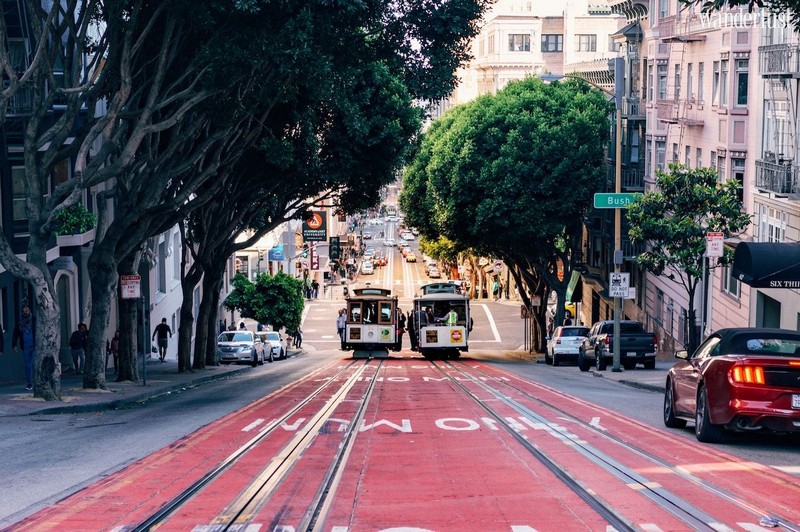
Cable cars are San Francisco’s historic public transportation system. Cable cars are located downtown and run on three lines: Powell-Hyde, Powell-Mason and California Street. A single ride will set you back $7 or a multi-day pass is $39, so they are more popular with tourists than locals. You can buy passes at ticket kiosks and several local stores.
FERRIES
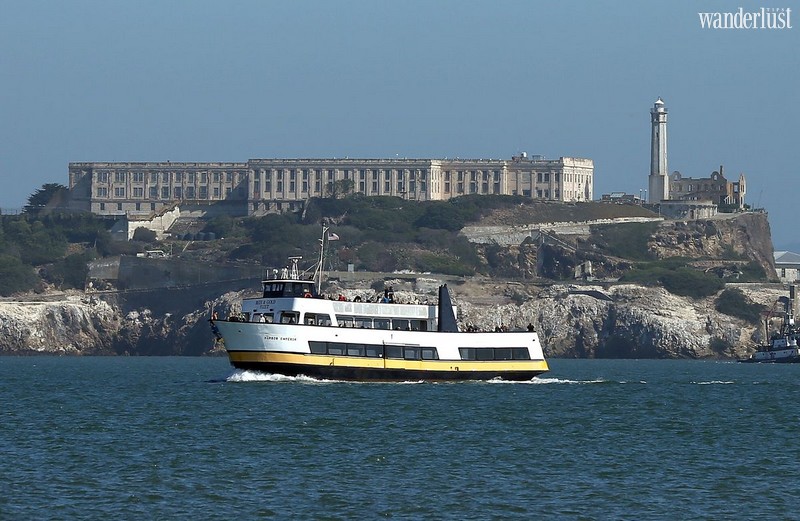
If you are looking for a scenic vista of San Francisco’s cityscape, then ferries are the way to go. There are two ferry systems operating in the bay: San Francisco Bay Ferry and Golden Gate Ferry. Aside from being primarily used by workers, ferries are an ideal way to spend the weekend at one of the bay-hugging coastal hamlets.
UBER/LYFT

Many locals use Uber daily and there are tons of drivers. No matter where you are in the city, you will not wait for more than a few minutes for a ride. The rates are also very affordable with most rides within the city under $10.
Wanderlust Tips


